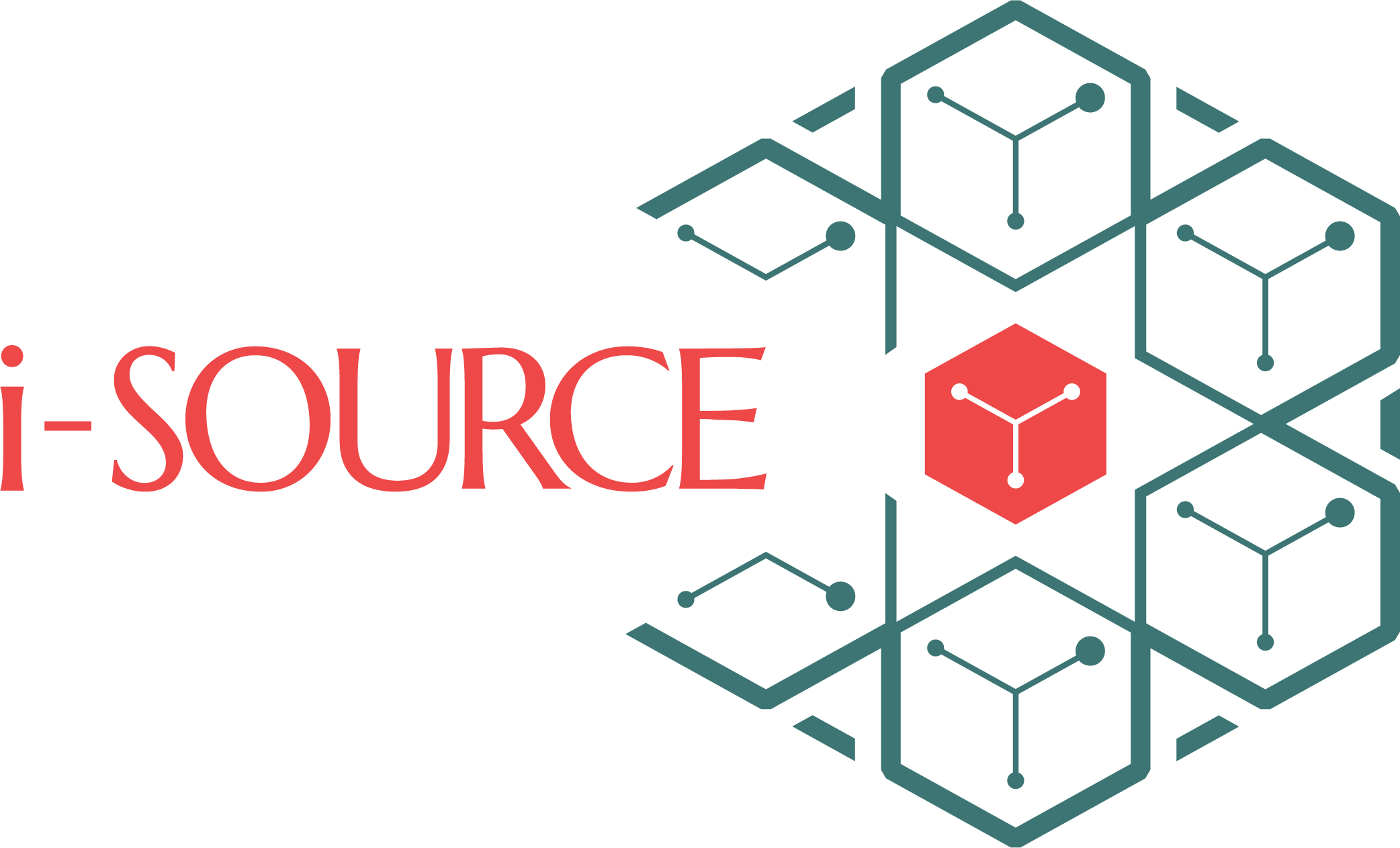Healthcare Learning Management Systems
Background
The healthcare domain is ever evolving. Professionals are always in the learning mode, simply due to the vastness of the domain, new discoveries being made regularly, and continuous technological innovations. New diseases and medical conditions keep emerging, and the treatments thereof are constantly evolving. There are new procedures and regulations and technological advancements being reported daily. Professionals are expected to be equipped with up-to-date knowledge of these changes. Not doing so could be dangerous for patient health, or at the very least, could lead to non-optimal treatments. The reputational repercussions for providers are easy to visualize.
Drivers and Challenges of Continuing Medical Education (CME)
The criticality of continual training in this industry is hence undeniable. However, medical professionals across the spectrum have always had hectic schedules, which has only been worsened due to the ongoing pandemic. New regulations require that professionals stay current. This puts pressure on the professionals to balance work schedules and personal lives with learning needs. They have to be in continuous learning mode, to upgrade skills and stay abreast of new protocols, medical procedures and technology.
Moreover, in a situation where managing the schedules and rosters of staff is a nightmare for administrators, it is extremely difficult to put together the required quorum to organize group classroom training sessions, as has been the norm.
Human-power shortages and retention
Skills availability is the biggest challenge before healthcare provider organizations and healthcare recruitment companies today. Due to this, recruiting talent is a challenge. Retention of staff is also tough due to turnover and burnout issues. Staff turnover affects treatment outcomes, lowers morale, increases costs of recruiting, selecting, hiring, and training new employees. Since availability is a major factor by itself that is beyond their control, as an immediate step, organizations are focusing on talent retention and better staff utilization.
Hence their focus is on
- effective onboarding of new hires to encourage them to stay
- training for new skills, cross-training & accreditation of existing staff
- providing professional development opportunities to create a conducive environment for retention through an upward career path
The push for Healthcare Learning Management Systems (LMSs)
Given the above challenges, healthcare organizations are increasingly opting for online training methods that let professionals choose the pace, place, and time of their learning, and enable administrators to conveniently organize training schedules. This is why technology tools such as Healthcare Learning Management Systems (LMSs) are seen as the answer to the conundrum of continual medical education, as they help organize training sessions, disseminate knowledge, and track progress of learners.
Healthcare LMS – expected functionality
There are a few features that healthcare organizations should ensure their LMS platforms offer – customizability, security, flexibility of scheduling, ease of tracking for performance and compliance, multi-media and multi-mode delivery, and report generation. More importantly, the LMS should be made with the needs of the healthcare professional in mind, and not be adapted from a general-purpose platform, since the demands of this industry are vastly different from other industries.
Benefits
The advantages and benefits of implementing a Healthcare LMS are extensive. Here are some:
- Learner convenience and empowerment
- Enable participants to learn anywhere, any time in 24/7 mode
- Provide flexibility to choose preferred learning mode – audio, video, VR / AR, hybrid (online + offline)
- Quality of training material
- Deliver comprehensive, content-rich material
- Multi-media material and modes, ability to revisit the content promote better knowledge retention
- Up-to-date knowledge – easy to update existing material
- Cost optimization
- Replace expensive in person classes by an online, on-demand, format
- Reduced costs of material updates
- Training management
- Real-time availability of knowledge programs
- Schedule and deliver learning programs and track individual progress
- Streamline the learning process for learners by providing flexibility of pace, place and time
- Easier organization of learning programs that do not require concurrent attendance from all participants
- No errors or misses in delivery or content
- Get on-demand reports to track course progress and individual performance
- Administration
- Easy scheduling, balancing calendars of participants not essential
- No rescheduling hassles
- On-demand reports and certificates
- Staff can focus on critical tasks
- Makes for convenience for all stakeholders
- No restrictions on size of class
- Reducing organizational carbon footprint
- Training & Onboarding
- Convenient onboarding of new staff
- Boost talent development through a variety of medical and non-medical learning programs
- Compliance
- Helps meet and maintain compliance requirements
- Reduced risk
- Learners learn virtually, can practice complex procedures such as surgeries
- Confidentiality
- Not only is the information of individuals available to them at all times, but a secure system also (with features such as encryption and access control) ensures that the information stays confidential

